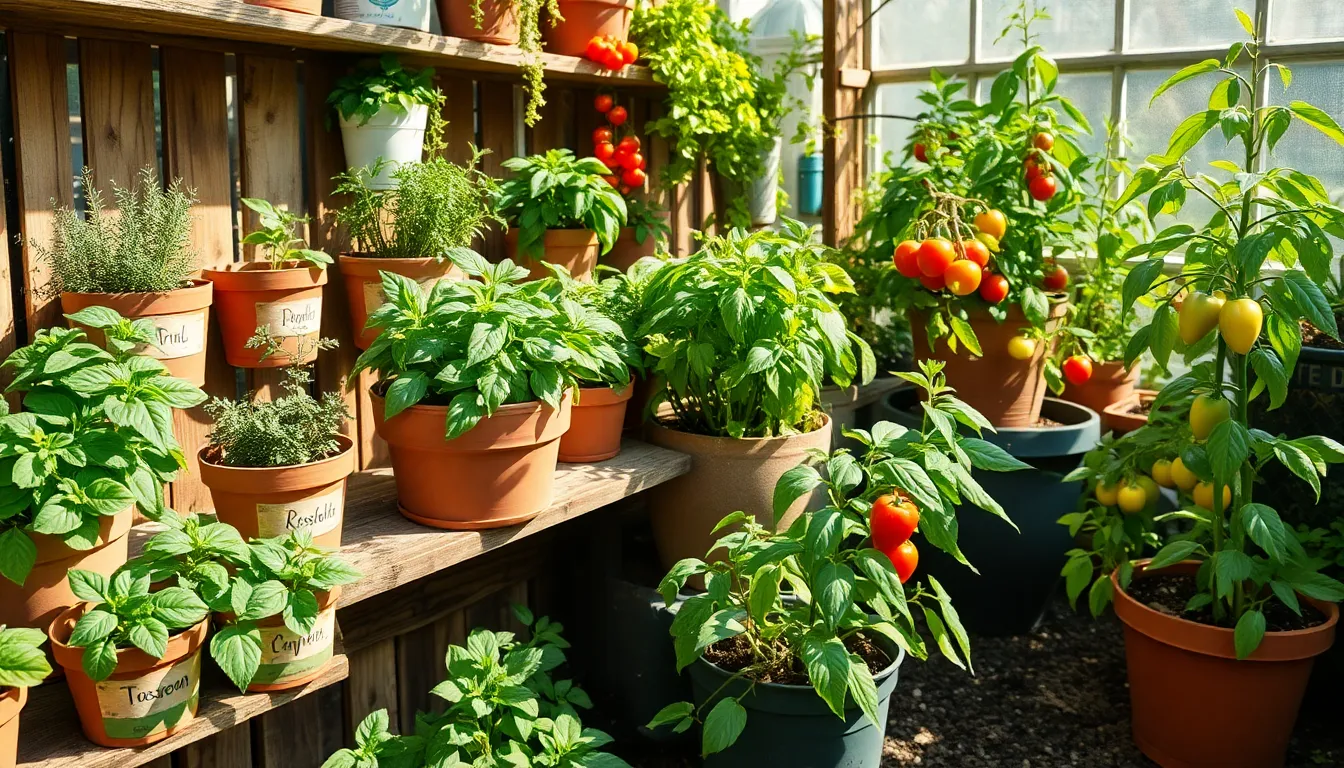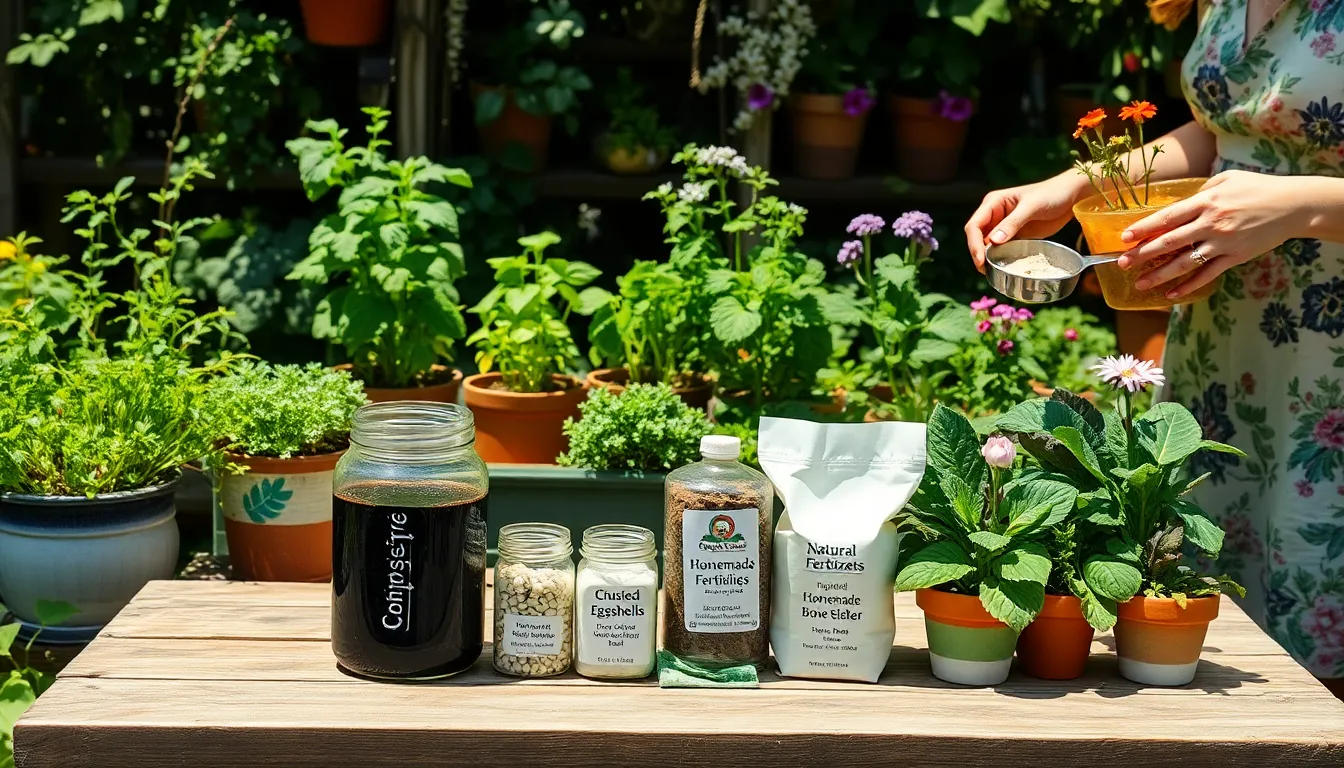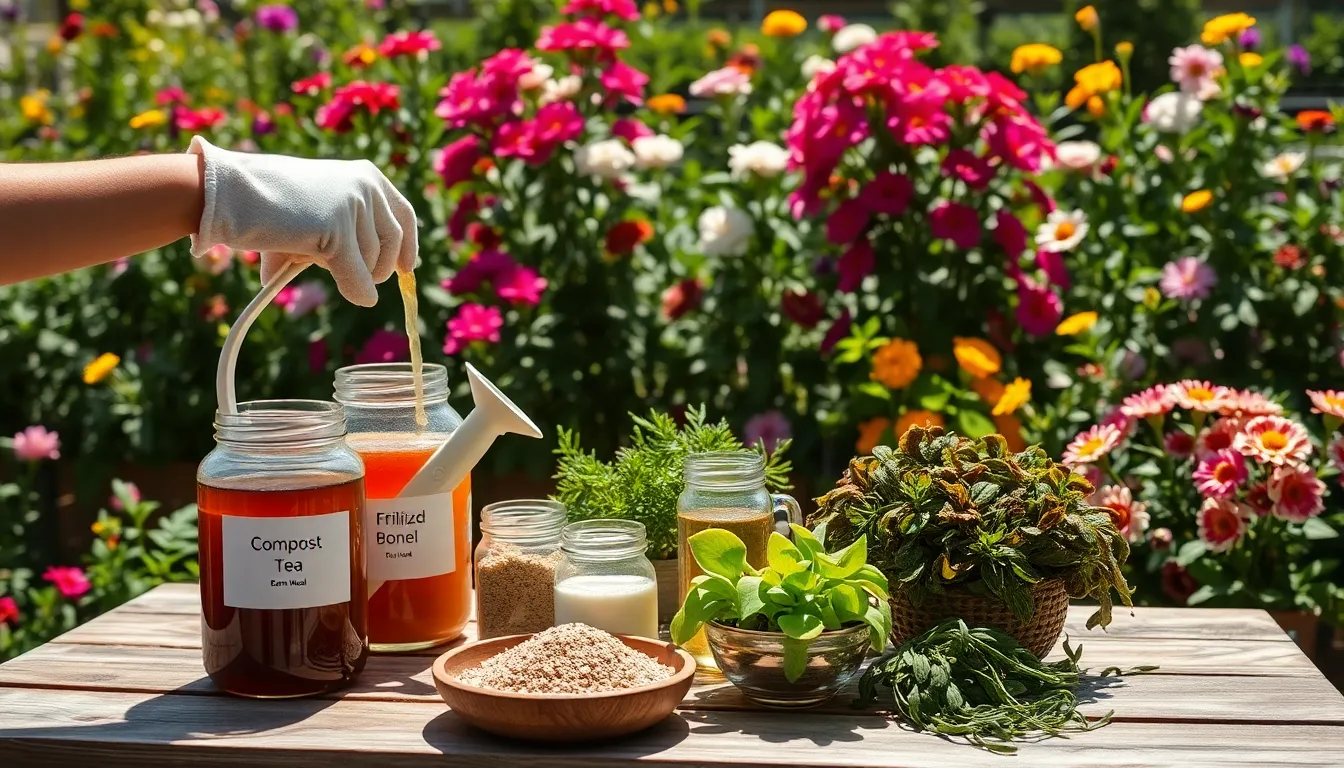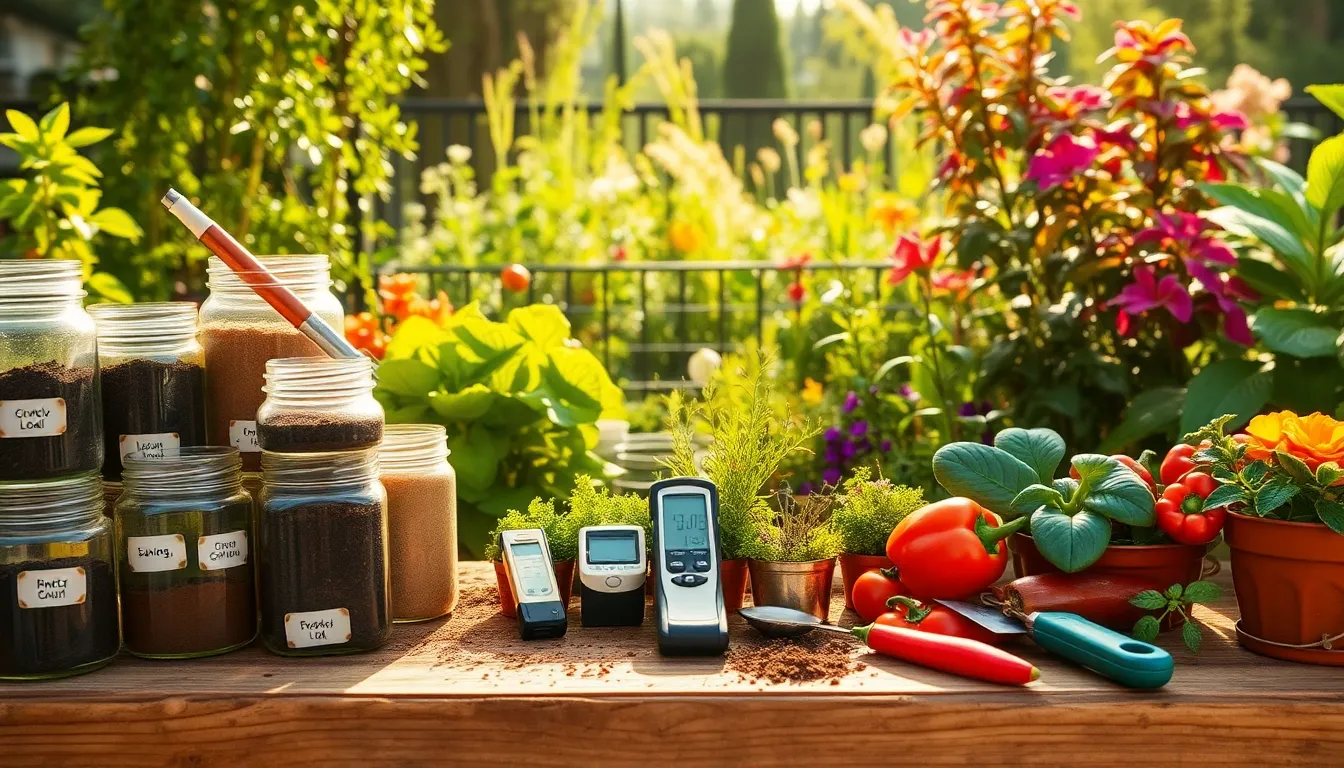Gardening offers a unique blend of serenity and achievement, a journey that invites both novices and seasoned green thumbs to cultivate life with their own hands. As you delve into the world of organic fertilization, it’s crucial to understand the full spectrum of its implications—not just the glowing benefits. While organic fertilizers are often celebrated for their natural goodness, they come with their own set of challenges that can impact the health and productivity of your garden.
For many, the allure of organic gardening lies in its promise of sustainability and environmental harmony, but these advantages don’t come without potential drawbacks. In the following sections, we’ll unravel some of the lesser-known disadvantages of using organic fertilizers, equipping you with the knowledge to make informed decisions in your gardening practices. Whether you’re nurturing a small windowsill herb garden or managing an expansive vegetable plot, understanding both sides of the organic fertilizer coin will empower you to cultivate with confidence and care.
Limited Nutrient Availability
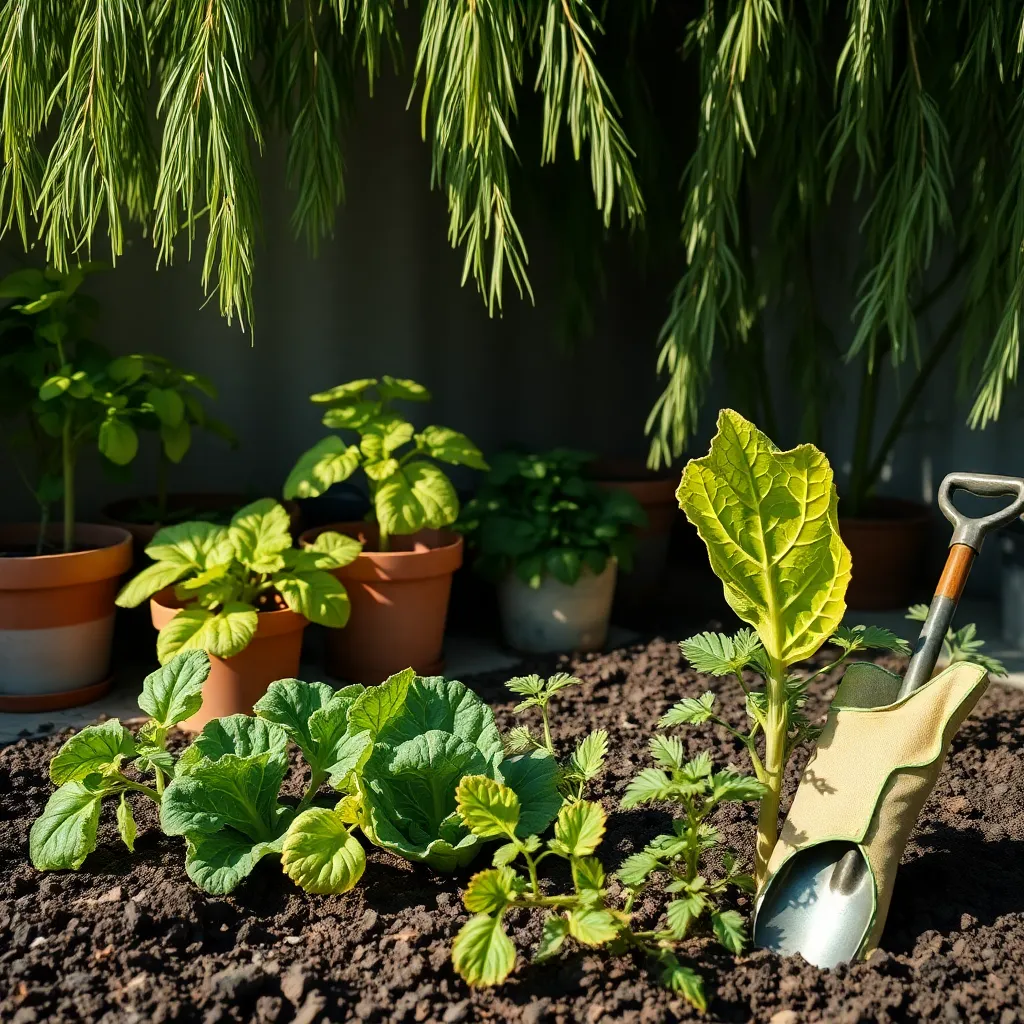
Organic fertilizers often provide a slower release of nutrients, which can sometimes result in limited nutrient availability for plants. This gradual release is beneficial for long-term soil health, but it may not meet the immediate needs of fast-growing plants or those in nutrient-poor soils.
To counteract this, gardeners should consider supplementing with quick-release organic options like compost teas or fish emulsion, especially during key growth phases. These supplements can provide a more immediate boost, helping plants thrive without compromising the benefits of organic fertilization.
Understanding the soil’s nutrient profile is crucial; consider conducting a soil test to identify deficiencies. Knowing what nutrients your soil lacks allows you to choose organic fertilizers that specifically address those gaps, ensuring plants have what they need to grow robustly.
For advanced gardeners, incorporating a variety of organic matter such as manure, bone meal, and green manure can create a diverse nutrient base. This practice not only enhances nutrient availability but also promotes healthier soil structure and microbial activity.
Inconsistent Nutrient Release
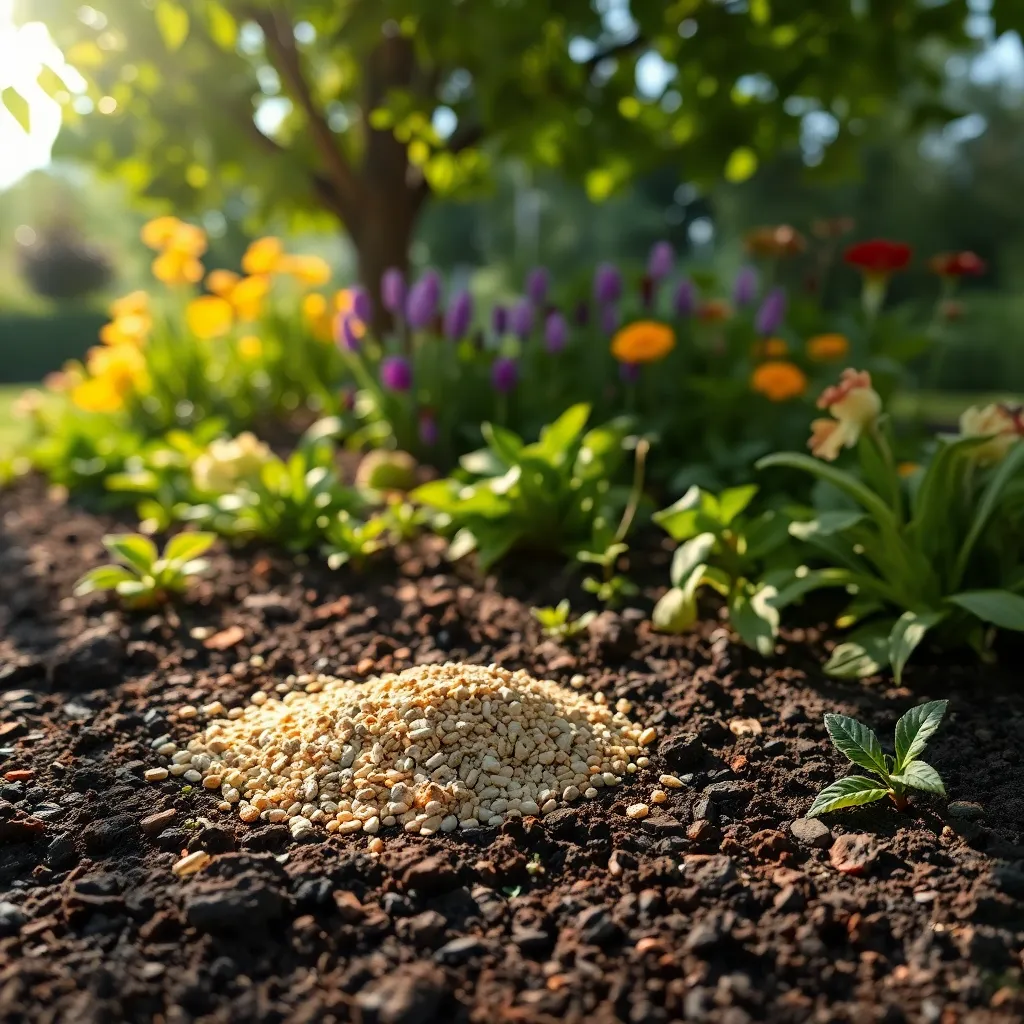
One challenge with organic fertilizers is their inconsistent nutrient release. Unlike synthetic options that deliver nutrients almost instantly, organic fertilizers break down slowly, depending on environmental conditions such as soil temperature and moisture levels.
Understanding this slow-release nature can help gardeners plan their fertilization schedule more effectively. To ensure your plants receive a steady supply of nutrients, consider applying organic fertilizers in early spring when microbial activity increases.
For beginners, it’s essential to know that the decomposition of organic matter is a natural process influenced by soil microorganisms. Encouraging these microorganisms by maintaining adequate soil moisture and a balanced pH can enhance nutrient availability.
Experienced gardeners might experiment with a combination of fast-acting and slow-release organic fertilizers to address specific plant needs. For example, using liquid seaweed extract can provide immediate nutrients, while composted manure offers a longer-lasting effect.
Higher Labor and Costs
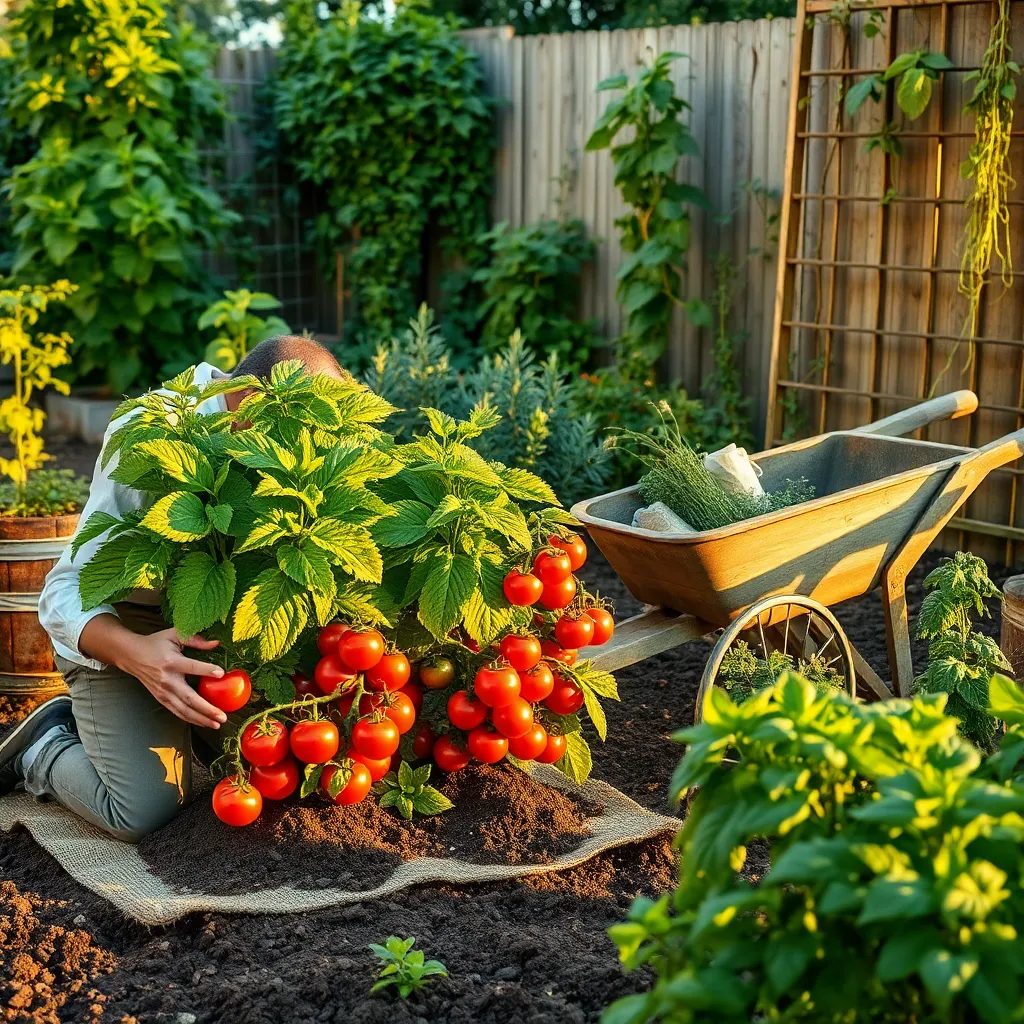
Embracing organic fertilizers often requires a higher investment of both time and money compared to synthetic options. Organic fertilizers, such as compost or manure, need to be applied more frequently and in larger quantities to ensure plants receive the necessary nutrients.
Gardeners should be prepared for the additional labor involved in creating and maintaining a compost system. Regularly turning and managing compost piles is essential for efficient decomposition, which can be a labor-intensive process but yields rich, nutrient-dense material for your garden.
Purchasing organic materials can also add to the overall costs, especially if you choose specialized amendments like bone meal or alfalfa pellets. It’s beneficial to plan a budget for these expenses and consider buying in bulk to save money over time.
One way to offset the costs is to produce some materials yourself, such as by collecting kitchen scraps and yard waste for composting. Additionally, integrating cover crops into your garden plan can naturally enhance soil fertility, reducing the need for purchased inputs.
Potential Contamination Risks
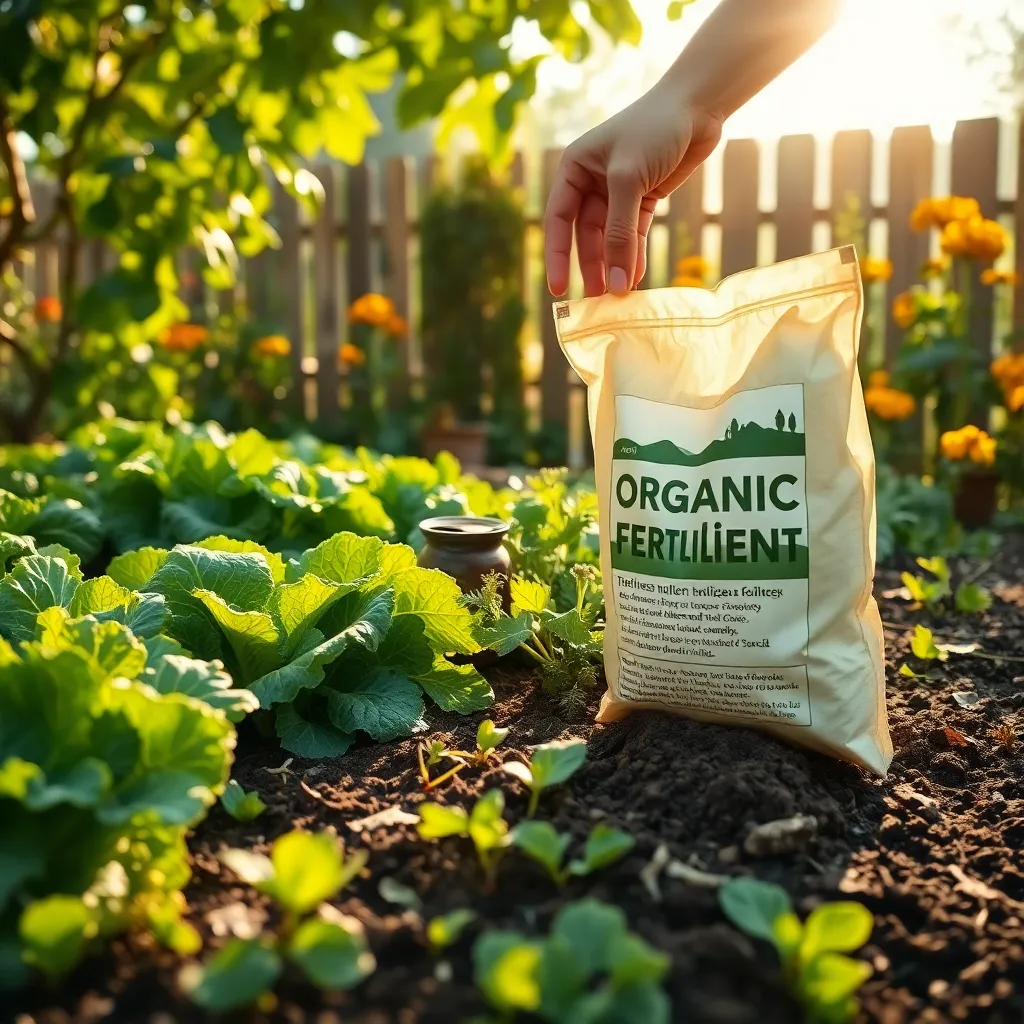
One potential contamination risk when using organic fertilizers is the presence of harmful pathogens. These can originate from inadequately composted animal manure, which might contain bacteria like E. coli or Salmonella. To minimize this risk, ensure that any manure used has been properly composted at high temperatures, which effectively kills harmful pathogens.
Organic fertilizers can also introduce weed seeds into your garden. This is particularly common with improperly processed composts that have not reached sufficient temperatures to destroy these seeds. To prevent this, consider using certified weed-free compost or thoroughly inspect and test homemade compost before application.
Another concern is the possible accumulation of heavy metals in your soil. Some organic fertilizers, such as bone meal and rock phosphate, may contain trace amounts of heavy metals that could accumulate over time. To mitigate this, regularly test your soil’s metal levels and rotate the types of organic fertilizers used to avoid excessive buildup.
Finally, over-application of organic fertilizers can lead to nutrient runoff, which may contaminate local water sources. This is especially problematic with fertilizers high in nitrogen and phosphorus, which can contribute to algal blooms in nearby bodies of water. To address this, apply fertilizers at recommended rates and consider incorporating buffer strips or cover crops to absorb excess nutrients.
Variable Quality and Composition
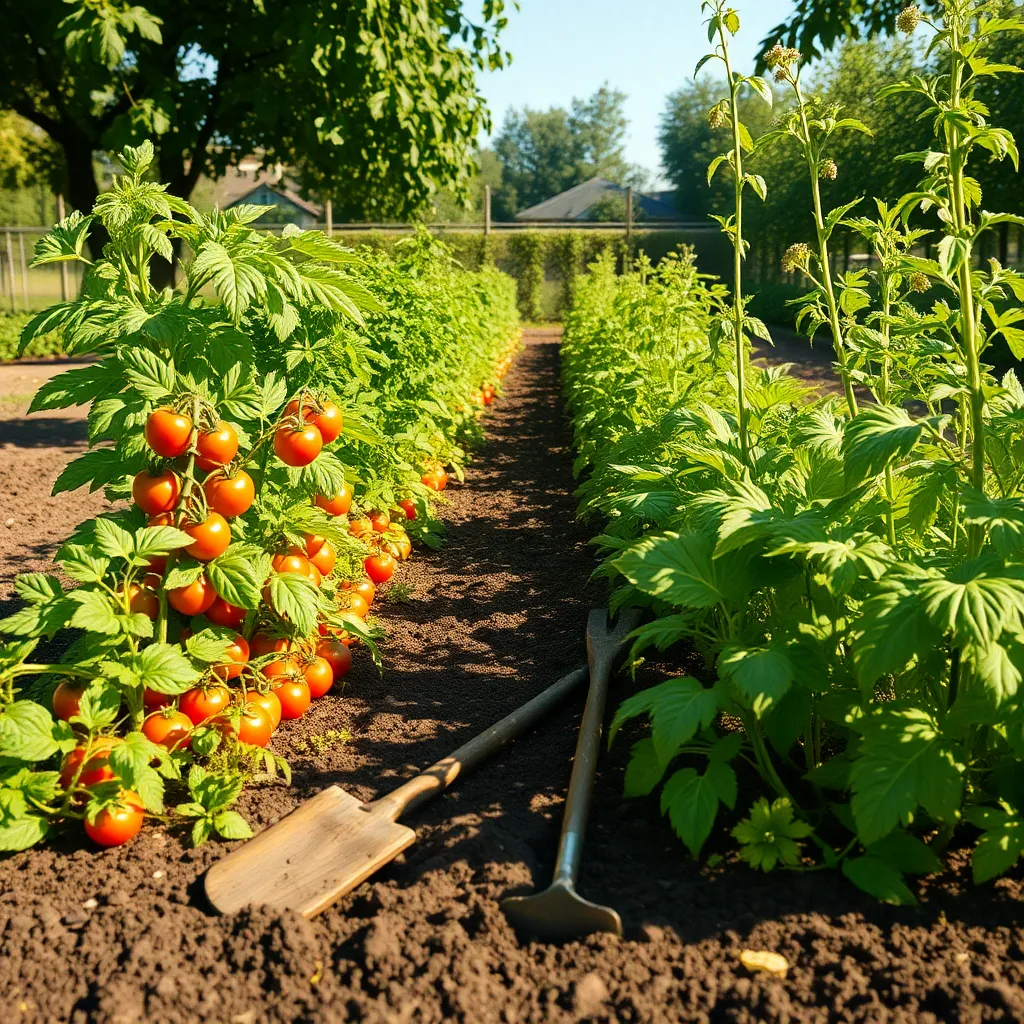
When using organic fertilizers, the quality and composition can vary significantly from one batch to another. This inconsistency is largely due to differences in the raw materials and processing methods used by different suppliers.
For gardeners, this means it is crucial to monitor the response of their plants and adjust the application rate accordingly. Observing plant foliage and growth patterns can help determine if the nutrients provided are sufficient or if additional supplementation is needed.
Beginners might find this variability challenging, as it requires a keen eye and experience to gauge the right balance of nutrients. However, even novice gardeners can succeed by starting with small applications and gradually increasing as needed based on plant health and productivity.
Advanced gardeners can benefit from conducting a simple soil test to understand the specific nutrient needs of their garden. A soil test will provide insights into which nutrients are lacking and can guide the choice of organic fertilizers to address specific deficiencies.
To ensure consistent results, gardeners should consider using a blend of organic fertilizers that complement each other, such as combining compost, bone meal, and seaweed extract. This approach can help cover a broader spectrum of nutrients and enhance soil structure, leading to healthier plant growth.
Conclusion: Growing Success with These Plants
In navigating the landscape of organic plant fertilization, we’ve explored five key aspects that mirror the dynamics of nurturing relationships: understanding the time and patience required in both gardens and partnerships; the balance of cost and value, whether in fertilizer choices or emotional investments; the importance of maintaining nutrient-rich foundations, be it soil or communication; the challenge of managing pests and hurdles without harming the ecosystem of trust; and finally, the commitment to continuous growth and adaptation.
To strengthen your own relationship, take a moment today to identify one area that needs nurturing—be it more open communication or shared activities—and make a small, meaningful change. This actionable step can be the fertilizer your relationship needs to thrive.
We invite you to bookmark this article, so you can readily revisit these insights as you cultivate a flourishing relationship. As you move forward, remember that the path to a successful partnership is a journey of learning, patience, and care. Embrace this opportunity to grow together, and watch as your relationship blossoms in ways you never thought possible.

